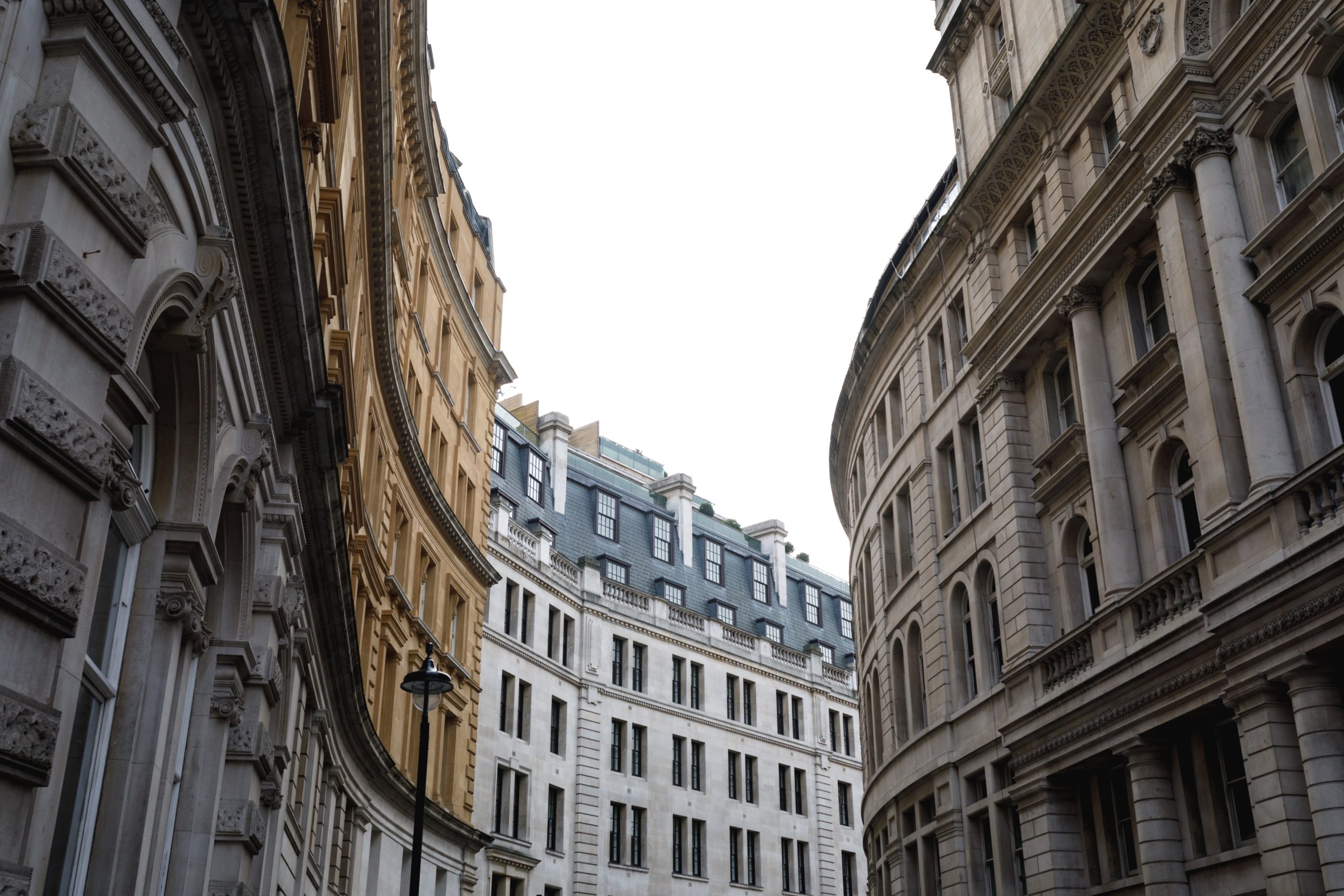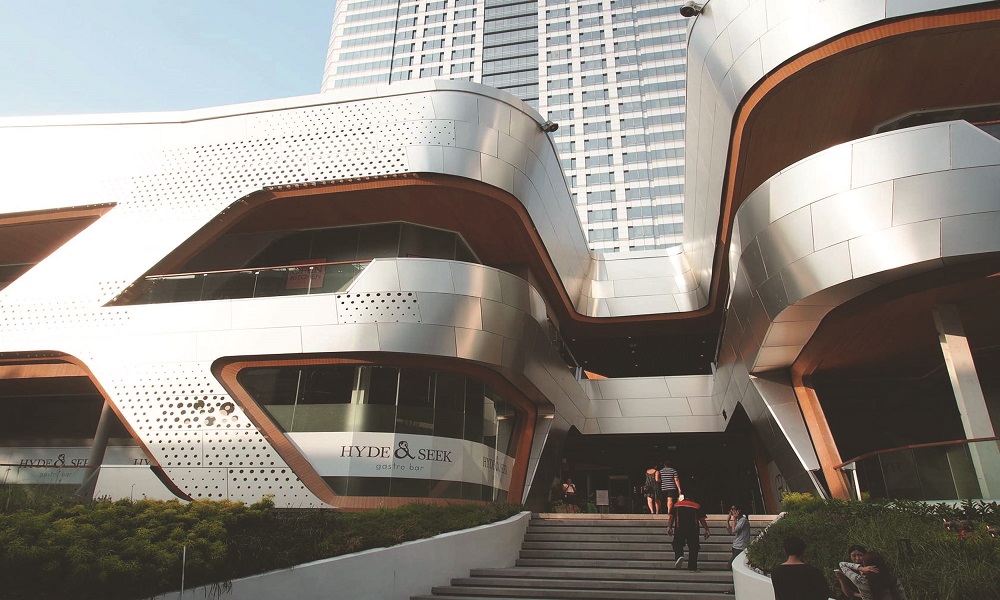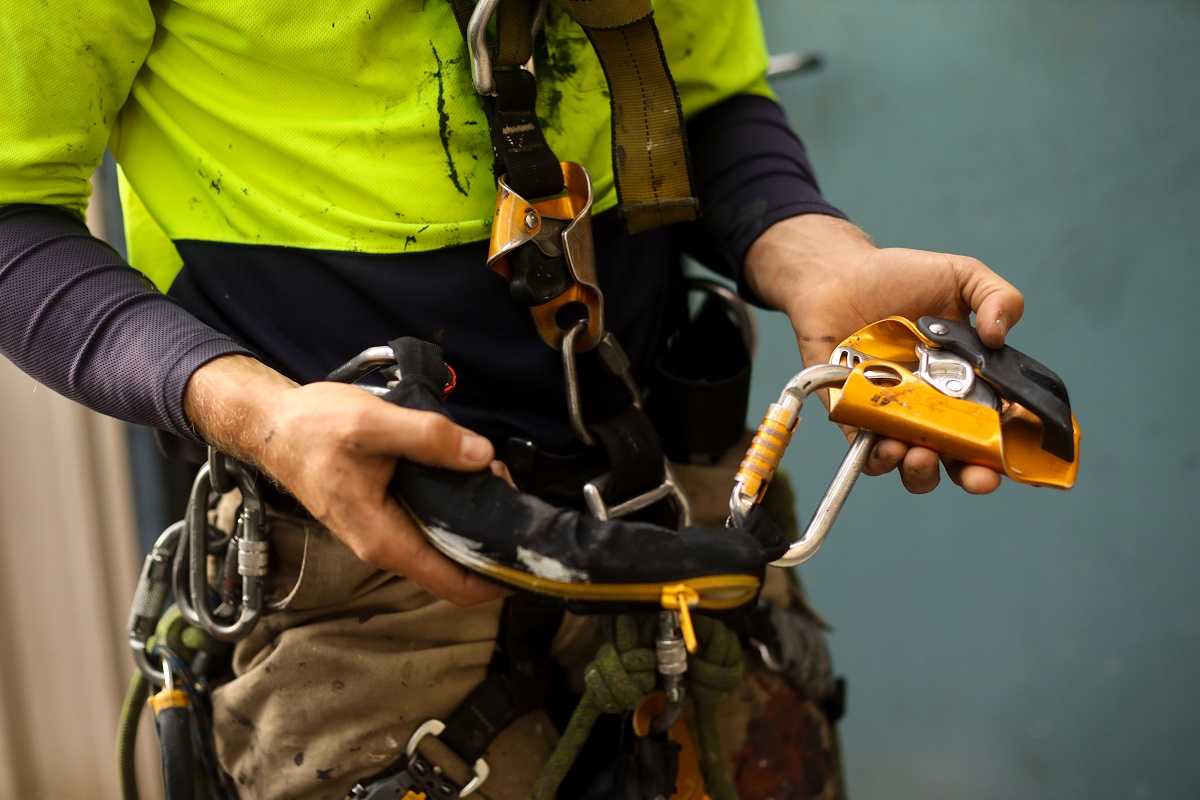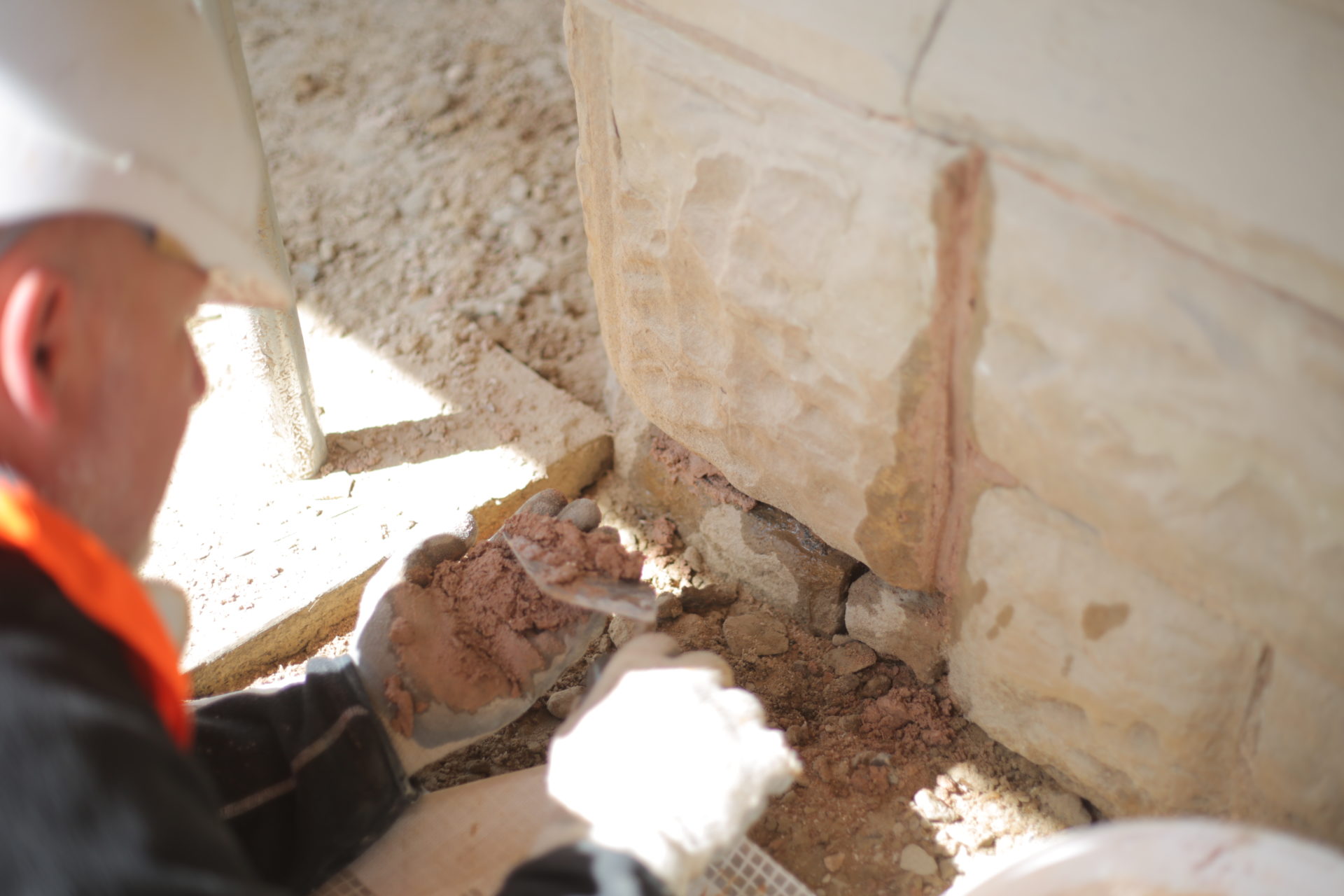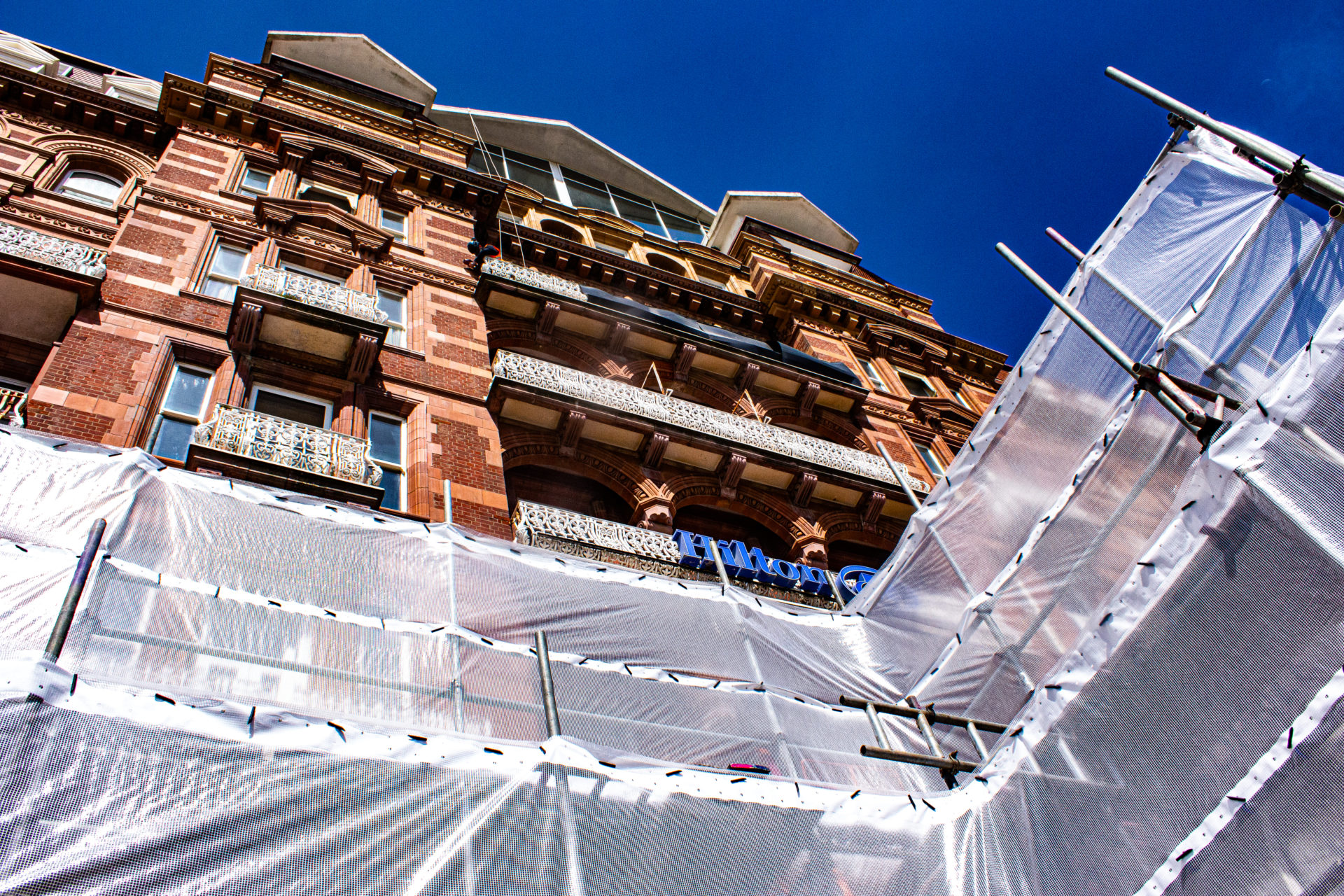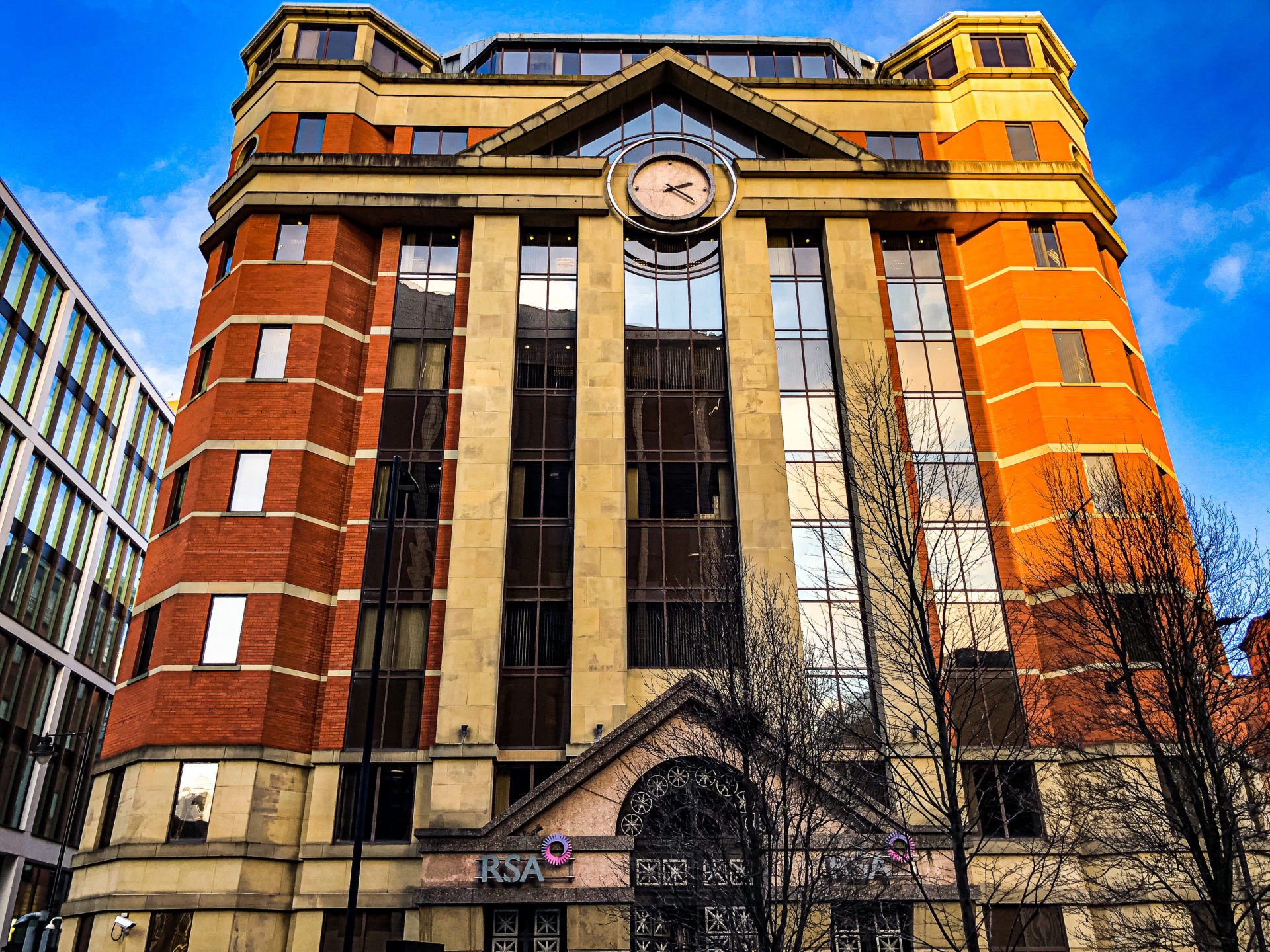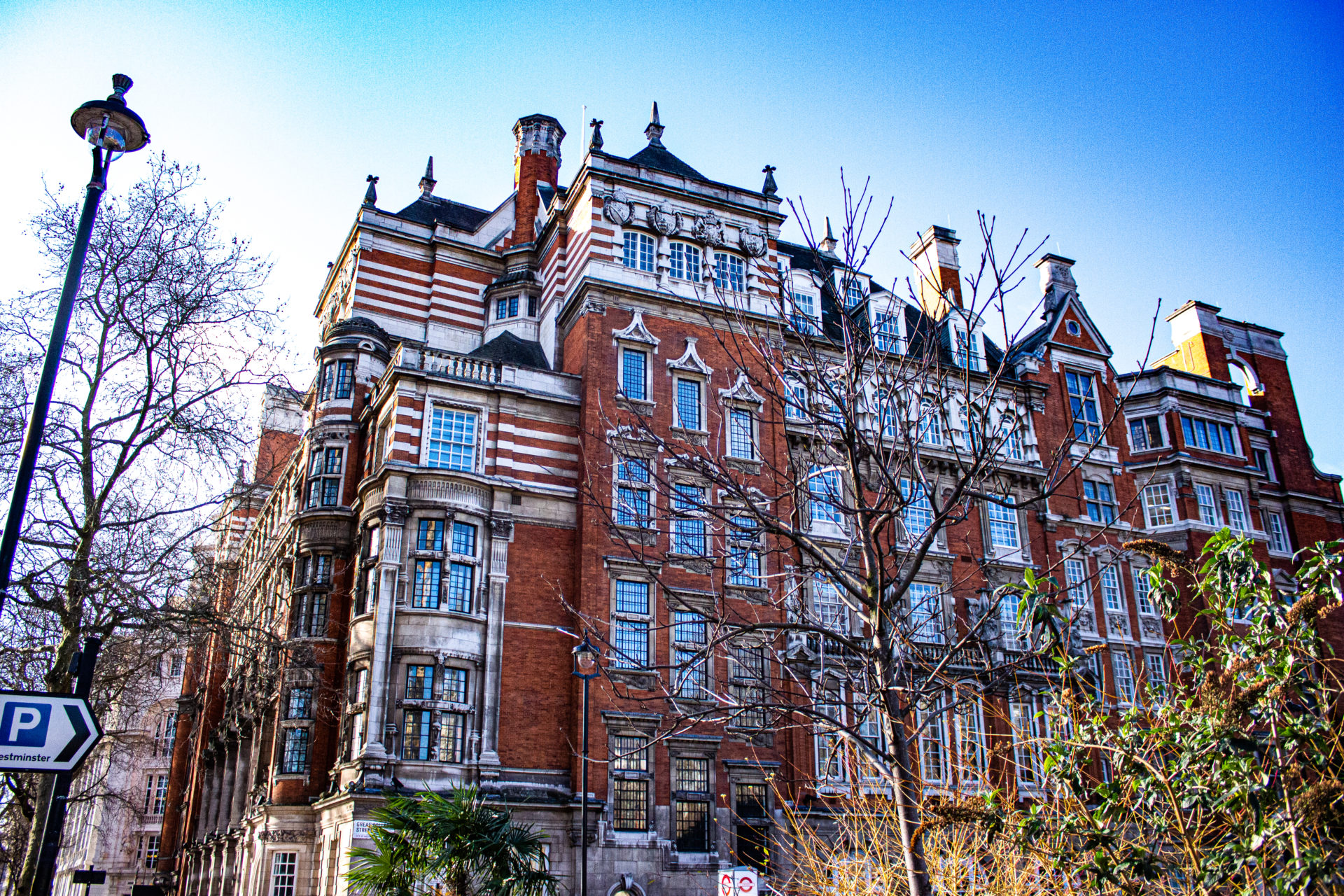A listed building is a building that has an architectural or historic interest, it should be more than 30 years old. As soon as a building is listed planning laws protect it from unnecessary alterations. It means if you want to make any decorative or structural changes you must apply for permission.
Listed buildings have one of three grades which are:
- Grade I – Buildings of exceptional interest
- Grade II – Important buildings of more than special interest
- Grade III – Buildings of special interest
Every year the National Heritage List adds new additions. It’s estimated there are around 500,000 listed buildings in England.
If you’re visiting London there are hundreds of listed buildings that you can visit. Here are three of our favourites:
Former Bow Street Magistrates’ Court and Police Station, WC2
This beautiful building is in the City of Westminster, designed by Sir John Taylor in 1879-80. John Taylor’s buildings were often primarily functional, but he appears to have abandoned this style in Bow Street.
The magistrates’ court and the police station are gothic style. It’s details are influenced by architect Sir John Vanbrugh in the Pennethorne style. French architecture influenced both Vanbrugh and Pennethorne. The building is constructed in Portland stone and Suffolk brick, with a slate roof.
Many famous criminals passed through the doors at Bow Street. They include Oscar Wilde, Dr Crippen, General Pinochet. Plus, suffragettes, Emmeline and Christabel Pankhurst when they broke the law campaigning for a woman’s right to vote.
The building closed in 2006, but it is due to re-open in (2020) as a luxury hotel and restaurant, retaining it’s original façade. The old Magistrates’ Courtroom will house a Metropolitan Police Force museum.
Cabman’s Shelter, Northumberland Avenue, Westminster, WC2N
Before we all had cars, people used to get around using hackney carriages pulled by two or four horses. By 1832 there were approximately 1,200 hackney carriages throughout London.
However, the drivers couldn’t leave their cabs unattended. They would have to pay someone to look after it if they wanted to go and get something to eat or drink. The drivers were often forced to wait outside with the cab, even in freezing weather.
In 1875 Earl Shaftesbury set up a charity called the Cabman’s Shelter Fund. He wanted to give the cab drivers somewhere warm to wait where they could have something to eat and drink.
Money donated to the fund was used to build small green huts. They could not be larger than the size of a horse and cart because they were on the public highway. By 1941 London had 61 of these Cabman’s shelters.
Despite the fact they are small each hut had a working kitchen and space for between 10 and 12 drivers. Inside they were able to eat a hot meal and read the daily newspapers.
The green huts are constructed from wood with windows at the sides. The wooden roof has a vent because the cooking was done on a wood-burning stove. You can still see the tenders at the bottom of the huts which the cabmen used to tether their horses. Each hut is painted using Dulux Buckingham Paradise 1 Green.
There are now only 13 shelters left in London. They are all Grade II listed buildings and each one is still maintained by the cabman’s shelter fund. They are still used today by black cab drivers but, the public is welcome to buy takeaway food and drink. Just place your order at the window hatch.
Porchester Hall, Queensway, Bayswater, W2
Porchester Hall was constructed in 1925 as a public bath and steam house. Between 1927 and 1929 Turkish baths were added as well as assembly rooms and a library. It’s built in Portland stone and it’s a Grade II listed building.
It is a magnificent building on the outside. The three storey stone building is symmetrically designed but you can’t appreciate its beauty until you explore the interior. It features a mixture of stone, marble, oak and walnut with a grand a central staircase and circular windows. It was built to impress using elaborate decorations in luxury materials.
There you have it- some interesting listed buildings to visit next time you find yourself in the city of London. If you would like to view more listed buildings in London or throughout the UK you can find them on the Historic England website. Or, see more about our work with listed buildings.

